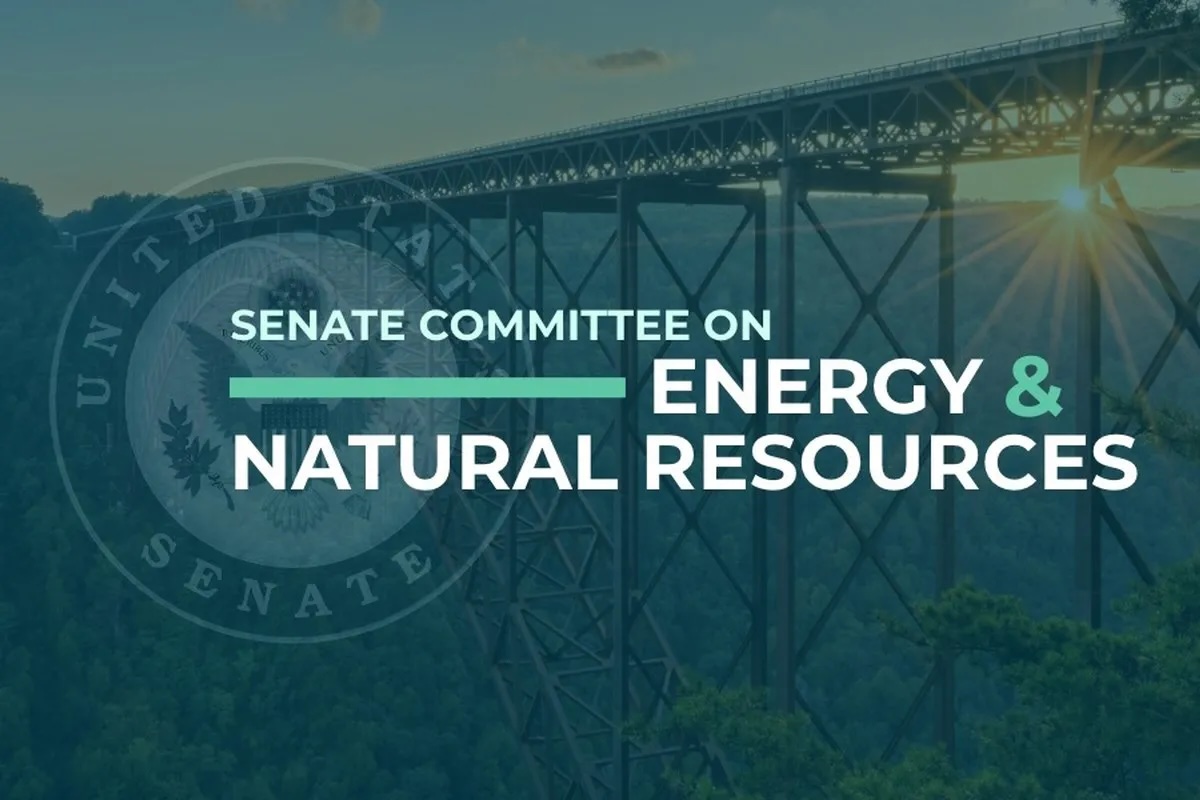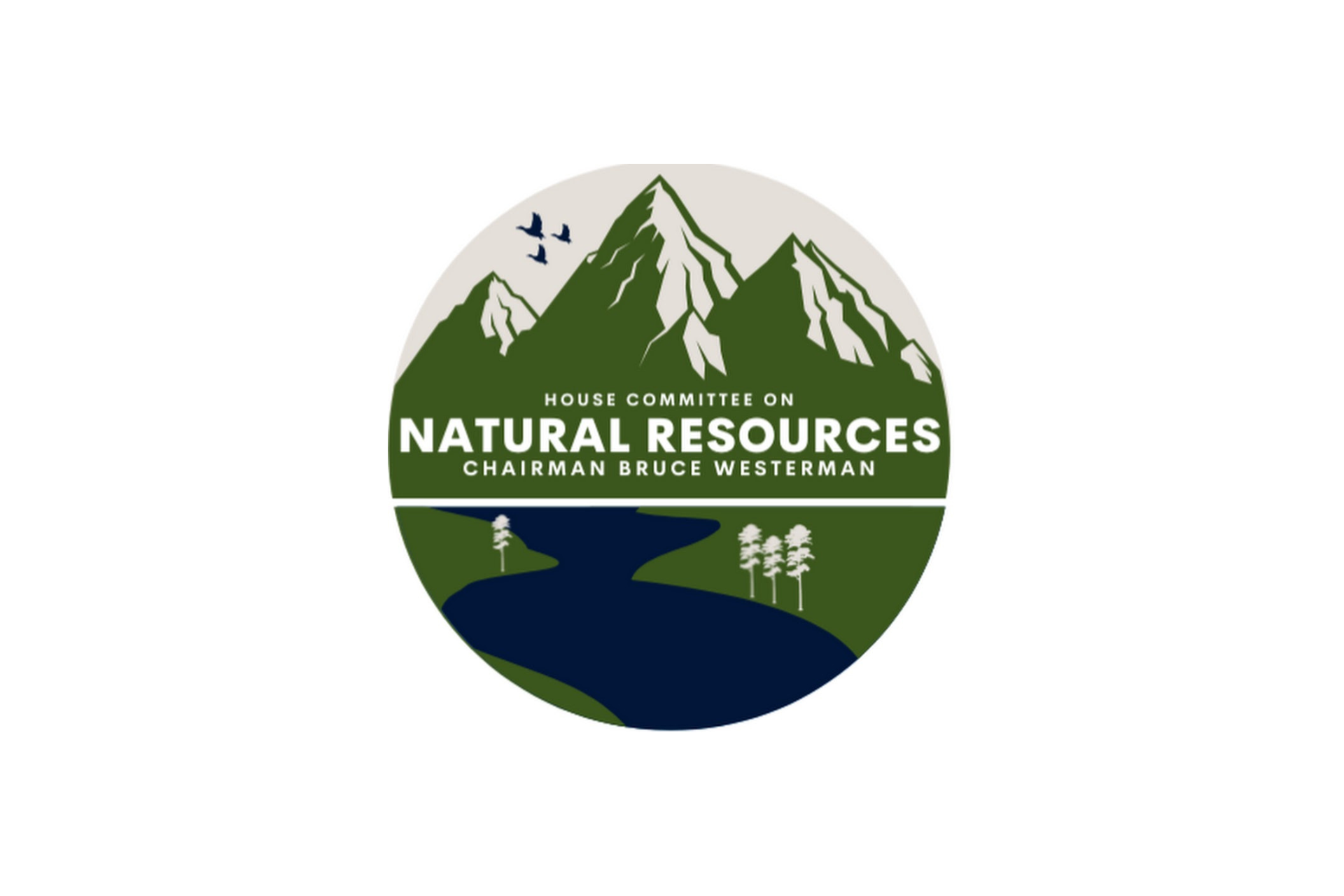The Congressional Research Service has released a 37-page report, “Puerto Rico and Health Care Finance: Frequently Asked Questions,” which explains the differences between the treatment of Puerto Rico and of the 50 States and Washington, D.C.
The report begins by pointing out the aging and dwindling population of Puerto Rico, as well as the current fiscal difficulties. With this background information in mind, the report goes on to make distinctions between the funding provided on the U.S. mainland and that provided in Puerto Rico.
Medicare, which is primarily for elderly people, covers most U.S. citizens who are over 65, both in the States and in Puerto Rico. However, the rate at which hospitals are reimbursed depends on the labor costs and operating costs, which are assumed to be lower in Puerto Rico. Doctors are also reimbursed at a lower rate in Puerto Rico than on the mainland, though their work is paid at the average rate for all of the U.S. (including Puerto Rico). The cost of their practice expenses and medical malpractice insurance are assumed to be lower.
Medicare Advantage pays private health plans a sum that they use to cover all the costs for individuals enrolled in their program. As of May 2015, 75% of Medicare recipients in Puerto Rico were enrolled in such plans, compared with 32% on the mainland. More than half are covered by a Special needs Plan designed for “dual-eligibility” — that is, for people who are eligible for both Medicare and Medicaid. Once again, payments to Puerto Rico were tied to the average fee for service, so the reimbursements were generally lower for Puerto Rico than for health plans on the mainland.
Although the average income in Puerto Rico is lower than in any State, residents of Puerto Rico are not eligible for low-income subsidies.
While Medicare is designed to serve the elderly, Medicaid is intended for low income people, and particularly for pregnant women, children, and others who have greater need for medical care. The regulations about covering are the same in Puerto Rico as in the States, but the funding is different:
- The federal matching rate for States ranges from 50% to 83%, depending on the State’s per capita income. It is fixed at 55% for Puerto Rico.
- Matching is open-ended for the States, but is capped for Puerto Rico. (This means that the 55% match is actually much lower as a practical matter, as federal funding stops when Puerto Rico’s cap is reached regardless of Puerto Rico’s additional costs.)
The report also mentions that in 2014, about 38% of people in Puerto Rico had private health insurance, while more than 66% of people on the mainland did. 46% of the people of Puerto Rico receive Medicaid, while only about 15% of those on the mainland do.
In short, Puerto Rico’s needs are greater but the terrritory’s funding is less.
As a legal matter, this disparate treatment is valid. In Harris v. Rosario, 446 U.S. 651, 651-52 (1980), the Supreme Court explained that “Congress, which is empowered under the Territory Clause of the constitution, U.S. const., Art. IV, 3, cl.2, to “make all needful Rules and Regulations respecting the territory . . . belonging to the United States,” may treat Puerto Rico differently from States so long as there is a rational basis for its actions.”
As a practical matter, the unequal treatment under federal law has consequences. People in Puerto Rico do not have the same access to health care as their fellow U.S. citizens who live in states. If Puerto Rico were treated as a State under fedral health care policy, the territory would have access to additional federal funds, which would also help address its debt.


